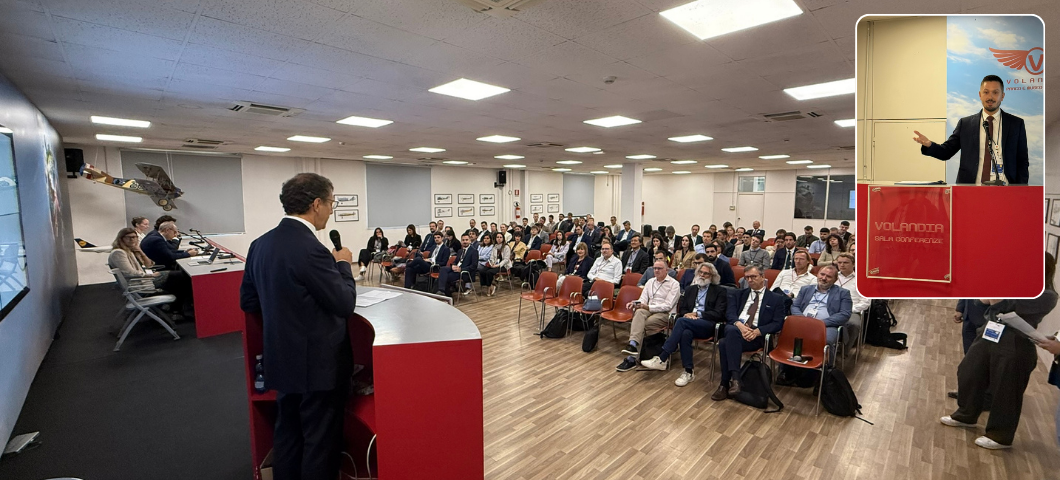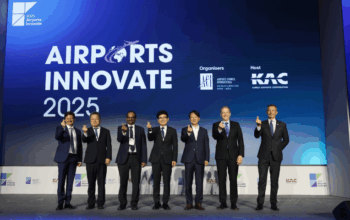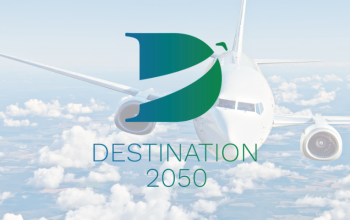
Charting the path to hydrogen aviation at the 3rd Hydrogen Airport Conference
The 3rd Hydrogen Airport Conference, co-organised by ACI EUROPE and To70 and hosted by SEA Milan Airports at Milan Malpensa Airport, brought together leaders from airports, regulators, EU institutions, and the wider aviation industry to explore how hydrogen can drive the aviation sector’s journey to Net Zero.
Speakers from the European Commission (DG DEFIS & DG MOVE) made it clear that zero-emission aircraft are not an add-on but a strategic priority for Europe. A forthcoming AZEA Roadmap will outline concrete milestones to guide the progressive deployment of zero-emission flights. EU-funded projects such as OLGA, STARGATE, and TULIPS are already helping airports evolve into multimodal energy hubs. Looking ahead, DG MOVE emphasised that the next Multiannual Financial Framework will focus strongly on competitiveness and defence, underlining the need to adapt standards and regulations to accelerate the rollout of hydrogen and electric aircraft.
The UK Civil Aviation Authority showcased its pioneering Hydrogen Sandbox, designed to ensure regulation keeps pace with innovation. With aviation rules typically taking two to five years to adapt, the Sandbox demonstrates how early engagement with regulators can ensure fit-for-purpose frameworks support new technologies.
From the broader aviation industry, Airbus reaffirmed its long-term commitment to hydrogen, presenting plans to launch a 100-seat aircraft powered by a 2 MW fuel cell engine in the near future, whilst continuing work on a hydrogen combustion single-aisle aircraft in the longer term. The company emphasised the importance of a step-by-step approach, beginning with small-scale, truck-based supplies of hydrogen before scaling up to larger fleets and complete airport infrastructure.
ZeroAvia presented its ongoing progress on hydrogen-powered aircraft and infrastructure, with Peter Gallen reminding the audience: “We need progress, not perfection.” KLM echoed the importance of starting small, highlighting hydrogen flight networks as a first step, with opportunities for operational readiness, new routes, and innovative business models. Air Products highlighted the global dimension of hydrogen with its NEOM Green Hydrogen Project in Saudi Arabia, which will produce up to 600 tonnes of renewable hydrogen per day, a milestone in global capacity.
Airports are already preparing to play a central role in the hydrogen ecosystem. SEA Milan Airports shared its initial assessments of possible sites for a hydrogen liquefaction plant. They presented cost estimates for connecting Milan Malpensa Airport to the European H₂ backbone, stressing the need for early planning. Groupe ADP outlined the logistics of hydrogen delivery to airports, explaining that while up to 50 tonnes of liquid hydrogen can be delivered by truck, meeting future demand will require pipeline access and local liquefaction facilities – both of which involve long lead times of more than 10 years, which must be factored into planning.
The conference also featured panels showcasing the insights from EU projects, including STARGATE, OLGA, TULIPS, HyAirport, GOLIAT, and ALRIGH2T, which are generating valuable knowledge to inform airport master planning.
The day concluded with an interactive workshop where participants co-designed hydrogen timelines for regional, medium, and large airports. This exercise highlighted both the opportunities and challenges of preparing airports for a hydrogen future and underlined the creativity and collaboration needed to make it possible.
The fruitful discussions in Milan confirmed that hydrogen is not just a long-term vision but a crucial building block in aviation’s transition to Net Zero. With airports at the heart of this transformation, the conference highlighted the importance of collaboration among policymakers, regulators, industry stakeholders, and airports in bringing hydrogen-powered aviation from concept to reality.



